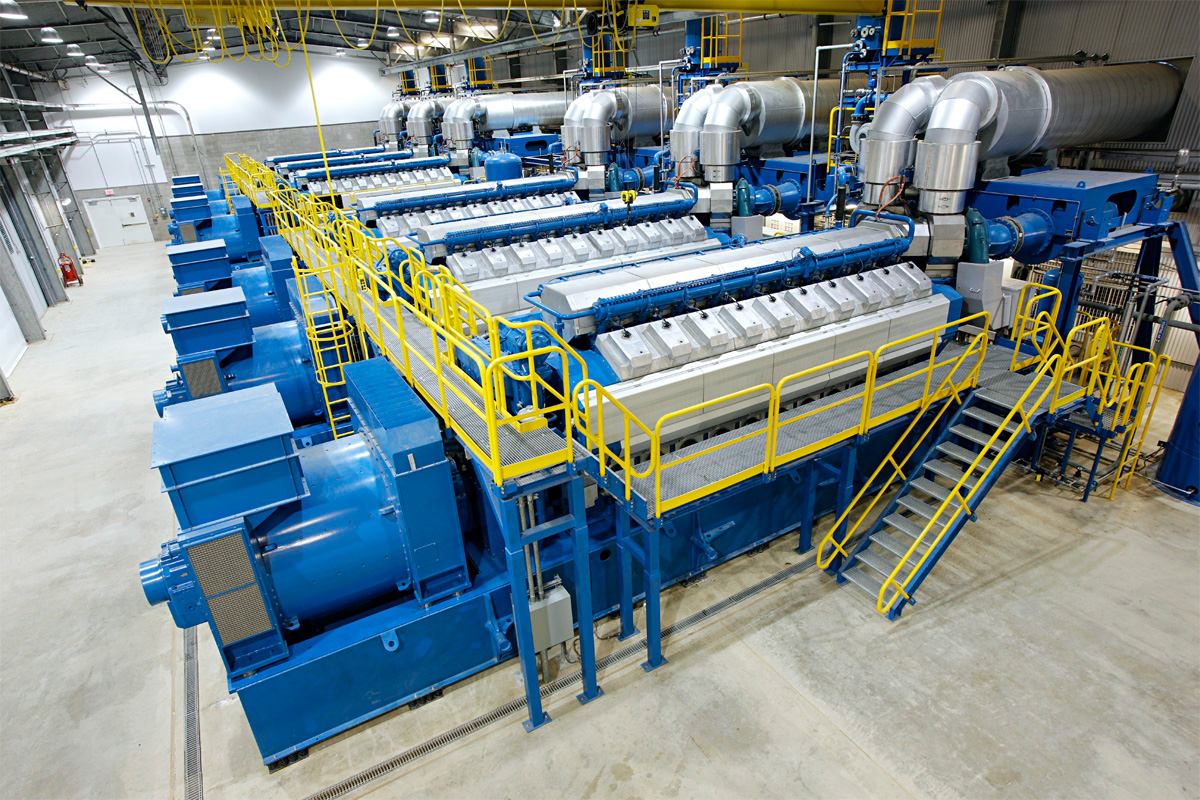The Energy Ministry has launched plans to establish 40 small-scale power plants with distributed generation systems in the northern provinces of Mazandaran and Golestan with the help of the private sector, an energy official said.
"The facilities are slated to be built within six years across the two provinces to deploy a more resilient, cleaner and cost-effective source of energy," Razmara Zakeri-Far, project manager at Mazandaran and Golestan Regional Electricity Company, was also quoted as saying by IRNA on Monday.
"The new plants will inject more than 1,000 megawatts to the northern region's power grid to supply tens of thousands of homes with electricity," he added.
According to Zakeri-Far, three 25-MW, one 8-MW and three plants with a capacity lower than 5 MW are currently active in the region.
Distributed generation refers to the electricity produced in small quantities near the point of use, as alternative or supplement to traditional centralized grid-connected power. It reduces the cost and complexity associated with transmission and distribution, while offsetting peak electricity demand and stabilizing the local grid. Most small-scale units in Iran are powered by diesel.
---- Incentives for Private Sector
The government is trying to work in partnership with the private sector by giving out incentives to expand the capacity of electricity generation.
Officials say Iran needs to expand power generating capacity by 5,000 MW annually, or 20,000 MW in four years, to meet rising demand at home and expand its footprint in the regional energy market.
Zakeri-Far noted that several incentives have been formulated to encourage domestic and foreign investments on such projects.
"The Energy Ministry guarantees the purchase of electricity generated by small-scale plants for five years," he said.
They can sell their electricity under the supervision of the ministry, he added, but did not elaborate.
"Since the implementation of Iran's nuclear deal in 2016, which led to the easing of sanctions, unnamed investors from Canada, Germany, South Korea, China and Malaysia have signed deals worth $150 million on building 10 power plants with a capacity of 25 MW each in Mazandaran," he said.
"Three plots of lands have been given to the Canadian companies to start construction … Equipment have been purchased and are being transferred to the sites."
---- Advantages of Small Plants
As part of efforts to boost electricity generation through cleaner energy, small-scale power plants can help preserve the green provinces' environment.
The official noted that establishing a major power plant with a capacity of 500 MW requires at least 50 hectares of land, besides the installation of 10-15 kilometers of gas pipelines to supply the plant, which would ruin a "huge portion of the farming grounds".
This is while a 25-MW power plant occupies less than 0.3 hectares.
"To build a major power plant, the government needs to invest 15 trillion rials [$312 million] while the construction of a small-scale plant [25 MW or lower] can be undertaken with a budget as small as 500 billion rials [$10.5 million]," he said.
Zakeri-Far concluded that distributed generation systems can help curb power wastage since "studies reveal that major power plants waste up to 60% of power".


